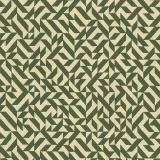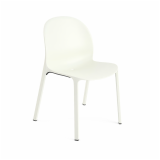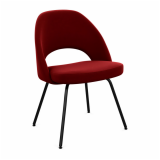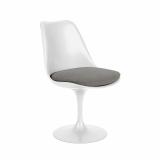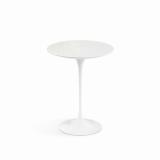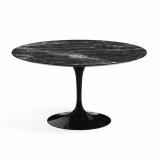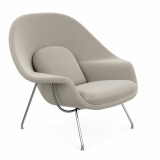Recommended Reading: In Their Words
Benjamin Pardo selects several books penned by Knoll designers
Now that we're through the dog days of summer easing into autumn, Design Director Benjamin Pardo returned to his library to pull some books worthy of prolonged consideration. In the second list of our Recommended Reading series, Pardo chose books that feature Knoll designers in their own words.
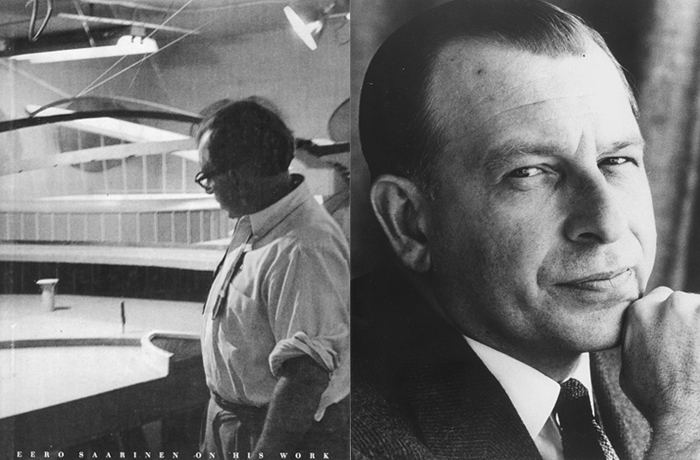
Eero Saarinen on His Work by Aline Saarinen & Eero Saarinen, 1962
BP: "This assembly of Saarinen statements provides a great deal of insight into his work."
Eero Saarinen died in 1961 at the age of 51. On account of his untimely death, the Finnish architect left at least six projects in various states of semi-completion. For the next year and half, his wife, Aline, took it upon herself to oversee their continued construction. The following year, with the projects safely in the hands of Kevin Rooch and John Dinkeloo, she compiled this definitive monograph composed of his reflections on his vocational calling.
Eero Saarinen on His Work takes the form of speeches, statements, correspondence, writings and conversations juxtaposed with photographs by Ezra Stoller and Balthasar Korab of sixteen of Saarinen's most significant works—among them, CBS Headquarters, General Motors Technical Center, MIT Auditorium and Chapel and TWA Flight Center. The book's opening sets the tone for what is to follow, with Saarinen tackling architecture's perceived purpose: "To the question of what is the purpose of architecture, I would answer: To shelter and enhance man's life on earth and to fulfill his belief in the nobility of his existence."
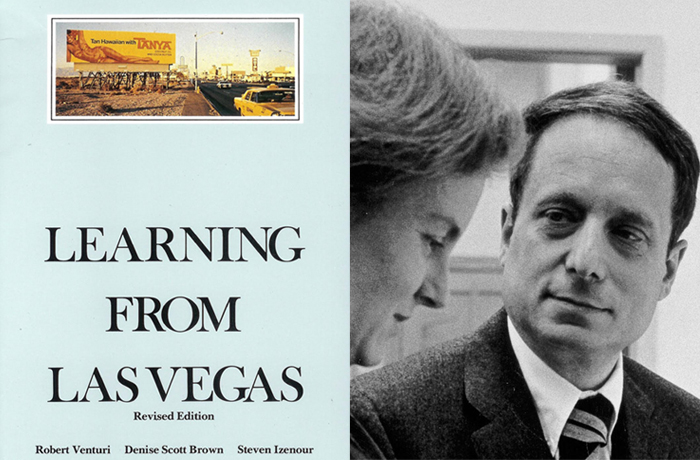
Learning From Las Vegas by Robert Venturi & Denise Scott Brown, 1972
BP: "A classic—re-read it or read it for the first time."
Learning from Las Vegas is the second of Robert Venturi and Denise Scott Brown’s books arguing for the tradition they helped usher in, postmodernism. A semiotic case study of Las Vegas’ sprawling urban topography, the book makes the case that architects have as much to learn from urban signage as they do from buildings. The book was lightning rod when it was first published, drawing equal parts criticism and support. Forward-thinking architects took the book's message to heart, and used it as a manifesto to spearhead a radical new approach to urban planning in the late '70s and early '80s.
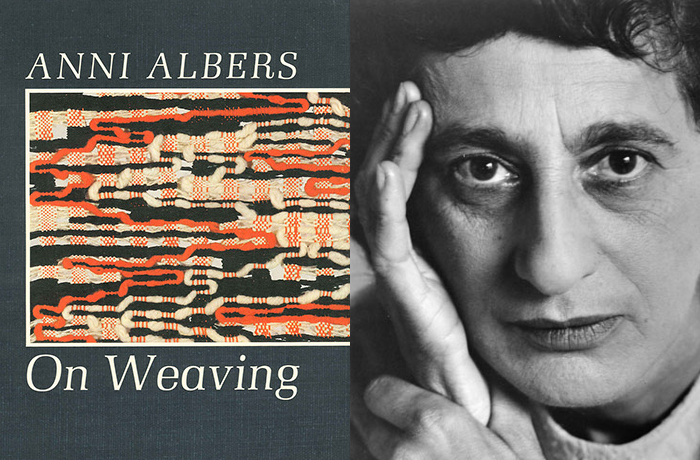
On Weaving by Anni Albers, 1974
BP: "Great insight into Albers work."
Dedicated to her "great teachers, the weavers of ancient Peru," Anni Albers' On Weaving focuses on the "visual, structural side of weaving" as well as "textile problems" encountered across disciplines. The eighty pages of text cover Albers' reflections on weaving's history, tools and techniques and are supplemented by more than one hundred images.
Albers was raised in a well-to-do family, and rebelled against her bourgeois upbringing by becoming an artist, forfeiting the comforts of her youth. Upon enrolling at Bauhaus, Albers originally hoped to study glass blowing under husband-to-be, Josef Albers, but was barred from the studio on account of her sex. Instead, she studied under Gunta Stölzl, the only female master at the school. Albers went on to become one of the leading figureheads of the modernist movement and the foremost innovators in textile practice and discourse.
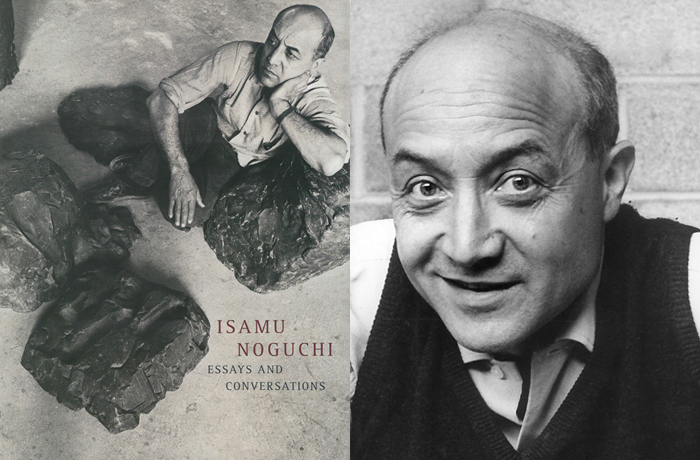
Essays and Conversations by Isamu Noguchi, 1994
BP: "Wonderful reflections on Noguchi's philosophy of making."
One of the twentieth century's most important sculptors, Isamu Noguchi never wholly identified with a single movement, and pursued his modernist expressions of form through a wide range of materials. After a brief stint as a pre-med student at Columbia University, Noguchi's watershed moment occurred in 1926, when he attended an exhibition of Constantin Brancusi's work at the Brummer Gallery in New York. Noguchi went on to assist Brancusi in Paris for the next three years on a Guggenhiem Fellowship before founding his own studio practice on Long Island.
In this seminal volume, the sculptor, designer and artist reflects on the themes undergirding his work and speaks about the influence of place, mentors and friends—who included the modern dancer Martha Graham, the sculptor Constantin Brancusi, and architects Buckminster Fuller and Louis Kahn. Interviews conducted by Katherine Kuh and Paul Cummings are also reprinted as part of the book, and make up its concluding chapter.
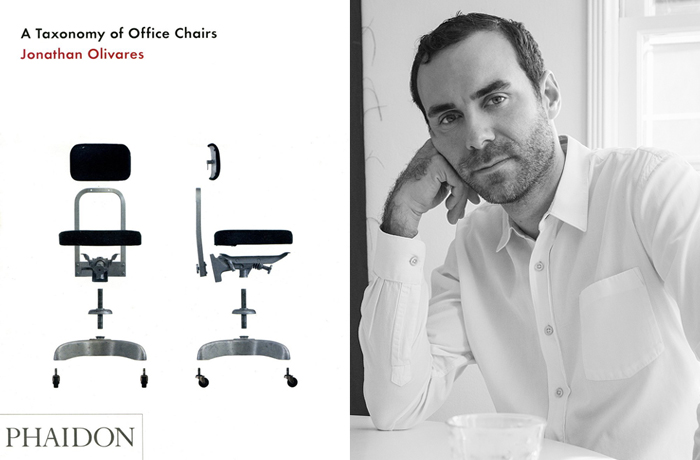
A Taxonomy of Office Chairs by Jonathan Olivares, 2011
BP: "A ton of fun for task chair nerds, like me."
What began as an assignment for Jonathan Olivares, then a young graduate of the Pratt Institute, turned into A Taxonomy of Office Chairs, a comprehensive catalog of almost two-centuries worth of developments in the office chair.
In 2006, Benjamin Pardo was looking for reading material on office chairs to prepare for production of the Knoll ReGeneration Chair. Unable to find suitable references, Pardo asked Olivares to research major developments in the history of the office chair. Olivares' meticulous taxonomy proceeds according to the rule that chairs must tout at least one innovation to be included. The book begins in the 1840s, the decade which marks the beginning of business management, and spans the present day. It features office chairs by both well and lesser-known architects and designers including Gio Ponti, Marcel Breuer, Frank Lloyd Wright, Richard Sapper, Niels Diffrient, Bruce Hannah, Jaspar Morrison, Charles Pollock and many more. The book was the first literary output of Olivares' own research-based design practice, Jonathan Olivares Design Research.
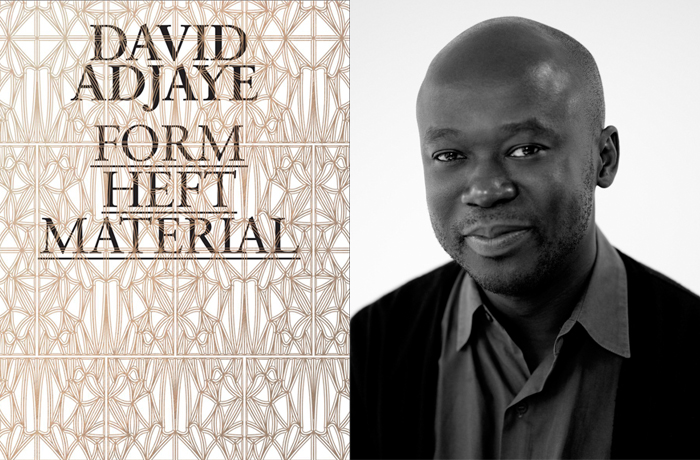
Form, Heft, Material by David Adjaye, 2015
BP: "While working with David we talked about these issues a great deal—a good read."
Released as a companion to the Haus der Kunst exhibition in Munich, Germany, Form, Heft, Material represents the complete work of the British-Ghanaian architect David Adjaye thus far. Not meant as a seal to his legacy, Adjaye uses these three titular elements as a framework to explain his architectural approach. His thinking, however, transcends this vocabulary, drawing on innumerable references outside the standard Western canon: the tower houses of Algiers, mud-brick compounds in Ouagadougou and hillside clusters of Antananarivo. Such diverse references build off of his ten-year voyage through Africa, and achieve a cohesive narrative through Adjaye's discussion of architecture as a means to gain insight into "where we are, how we are and where we want to go."
The 300-page volume is interspersed with essays by a notable cadre of architectural scholars—Zoë Ryan, Andrea Phillips, Okwui Enwezor, Peter Allison and Mabel O. Wilson—who, in turn, reflect on Adjaye’s impact on urban planning and transnational architecture.


























